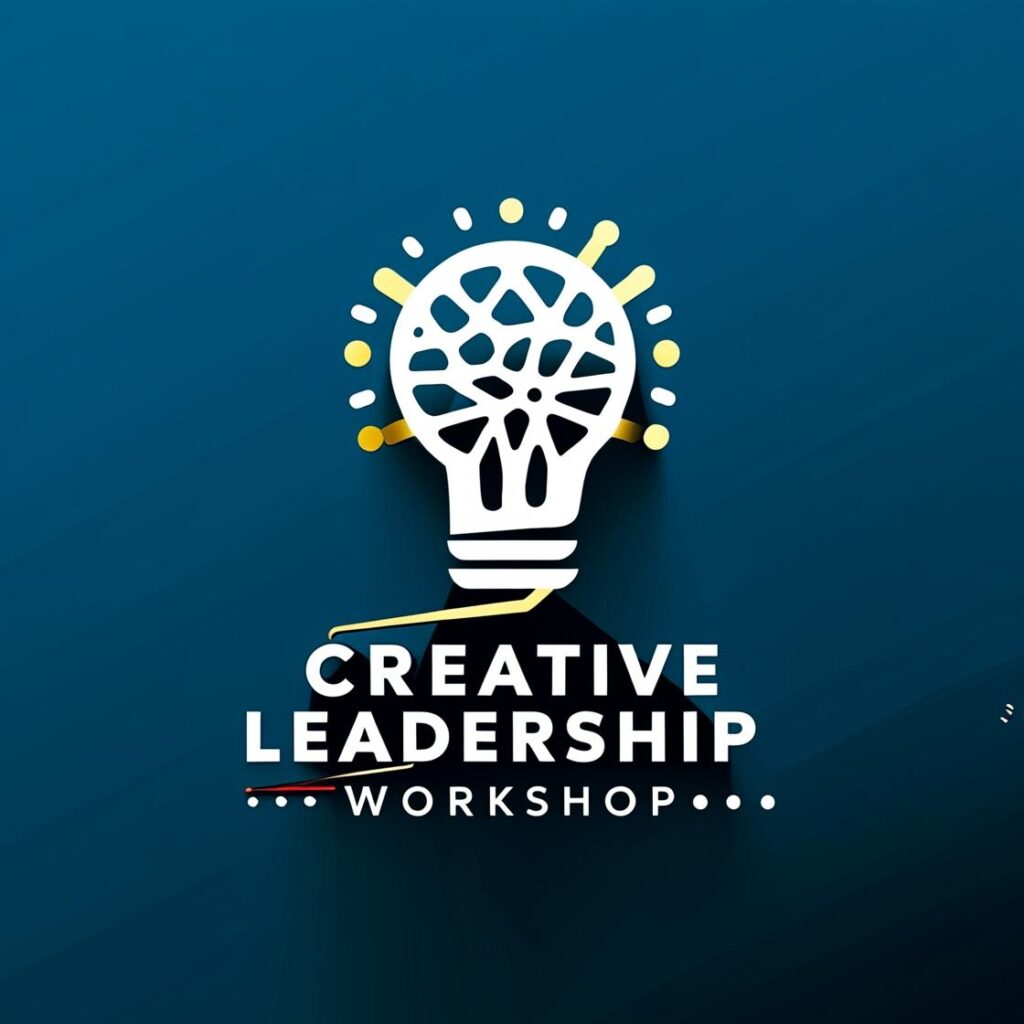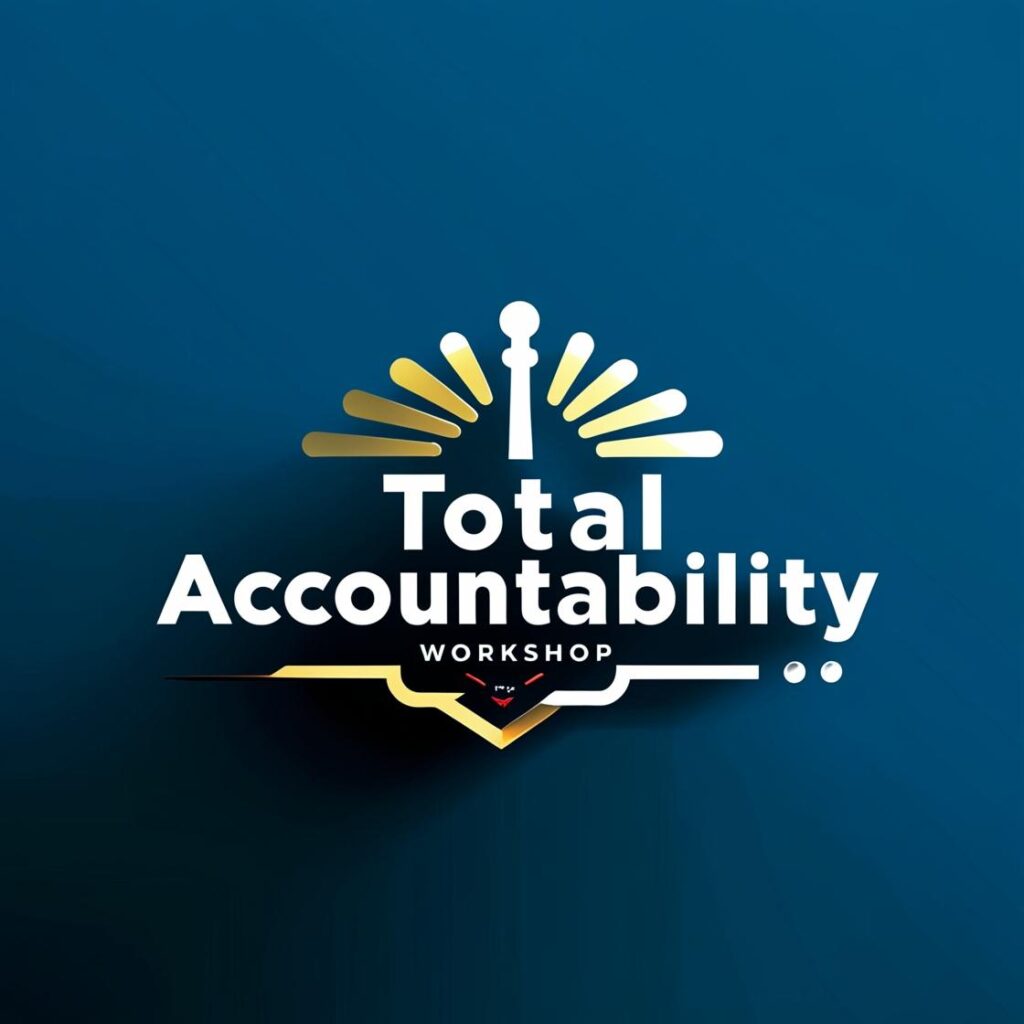What is your leadership model? To make sense of leadership, experts come up with models. A leadership model is like a container that gurus used to explain abstract concepts like leadership, passion, and values.
A model can be a system or a figure drawn to represent an idea. Leadership experts often come up with models that are often similar but sometimes contradictory to each other.
Importance of Leadership Models
Leadership is fluid and the only way to manage and measure it is through a container, which is the model.
Often, companies design development programs based on these models. Coming up with a training program when one starts with a framework.
But don’t be confused by these models. There is no single way of describing leadership. There is no single formula for becoming good leaders.
I consider many of these models as reports. The so-called experts are often not great leaders themselves.
Confucius is a prime example. He observed leaders and reported his findings.
Experts coined new terms to explain their models.
And some come up first with leadership models, then look for “great” leaders to support their arguments.
This is why you can find books like ” Lead Like Jesus”. You can replace Jesus with Gandhi, Kublai Khan, Moses, Putin, and Duterte.
Sergio Caredda, as of now, has listed 120 leadership models. And there are many more. As long as experts try to put leadership in a box, you can find more.
Caredda grouped these leadership models into these categories: [mfn] When you have time to spare, you can visit Leadership Models and discover all the 120+ models explained by Sergio Carreda [/mfn]
- Theoretical Models of Leadership
- Competency-Based Leadership Models
- Values-Based Leadership Models
- Effectiveness Leadership Models
- Leadership as Purpose Models
- Application Leadership Models
At first, it is good to start with a model that makes sense to you. Then, learn from your experience. What is important is that you understand that there is no single way — and you can design your own learning experience.

Three Kinds of Leadership Model
When I study all of these models, I realized that most of them fall into one kind: A fixed model.
Great leadership isn’t an event—it’s a habit. Get actionable leadership habits every Monday and Thursday.
Fixed Leadership Model
Leaders are born.
The authors of the fixed model picked a set of traits, characteristics, competencies, creeds, or colors that leaders must have. Leadership is fixed. Either you have it or you don’t.
There were times royalties were leaders. As long as they were the first sons of the kings, they are likely to get the throne of leadership. It did not matter that they were incompetent or insane.
We have fewer royal families today. Some of them only play ritualistic functions. But many still have influence over the course of their nation (or other nation).
In some religious organizations, the oldest male often takes the leadership position after the demise of the father. It is as if only their bloodline can take the leadership of the church. They say that their leadership is pre-ordained.
Even in some families, the oldest sons are expected to lead a family business, even if the younger ones have the competencies to run the business.
The fixed type is a lottery. If you are a first-born male in a family that holds power, you are a leader.
Boxed Leadership Model
What does it take to become a leader? That’s a common question.
But there are questions behind the question.
What characteristics or competencies do I need to become a leader? How can I develop the qualities and competencies to become a leader?
It comes from the thinking that leaders are not born, they are made.
It is the alternative to the Fixed Model. It says that communities can mold leaders.
Some gurus picked traits and characteristics that one needs to develop to become a good leader.
Experts aligned competencies and behaviors that make one an effective leader.
Then, some schools come up with a curriculum that will make someone a good and effective leader. They promised to mold you into a great leader. This is why some organizations make a claim of “where leaders are made”. It is as if you can only learn leadership through their institutions.
This is very popular today.
Experts and gurus prescribed a specific number of traits, characteristics, and competencies that one must master to become a good and effective leader. Students are graded on each.
I am influenced by this model. I was educated using this curriculum-oriented leadership. I was brainwashed by the idea that “leaders are made” without asking, “who made them”?
Are the professors who did not hold an office of leadership make them? Do the authors who did not leave their chairs make them? Are those who tick the boxes of good leadership confident that one who “mastered” all the skills and “demonstrated” all the qualities will become a leader?
I am not certain too. Because when it comes to leadership, we learned through experiences.
And learn from experience when we create value every time we connect with others.
Creative & Appreciative Model
As a trainer, it is easy for me to start with the boxed model. We can teach faster if we can identify a set of leadership qualities or vital behaviors that we can share with people.
The boxed model is easy to pass on to others. I can create a leadership training program with a specific set of skills in mind.
But here’s where I am making a new path. I am providing the boxes (most of them I offer for free through this website) as tools.
If you want to learn how to solve problems, I will provide you with a set of tools. You can practice a process to help you solve problems. I can show you how others made decisions.
But keep this in mind: the tools will not make the decision for you. The experiences of others will not make you a leader. Your actions and the choices you make you a leader.
Here’s another example.
The program Breakthrough Leadership, though based on boxed models, is creative and appreciative. [mfn] You can bring Breakthrough Leadership to your organization too. Use the contact form to reach out. [/mfn}
I re-introduced the Five Practices of Exemplary Leadership using the lens of a Growth Mindset and the wireframe of the Influencer Model.
It is a new solution to present and future problems. It is creative and appreciative because every program creates new experiences.
Blaze your own trail.
The dropouts of the boxed model changed the world. The graduates of the boxed model, who went chose to think out of the box, changed the world.
My model for leadership is creative and appreciative leadership.
I believe that you become a leader based on the quality of experiences you create. Do you create solutions to our problems? Do you make it easy for us to solve problems? Do you make the problems go away forever?
To appreciate is to increase value. To lead is to create a new reality that is better than what we have.
This means that you don’t have to be born to a family of pre-ordained leaders to become a leader. That you don’t have to tick all the boxes of great leadership to become a leader.
Creative and Appreciative Leadership means that you can be a leader whoever, whatever, and wherever you are. You can be a leader who offers new solutions, add value, and create limitless possibilities.
No posts




